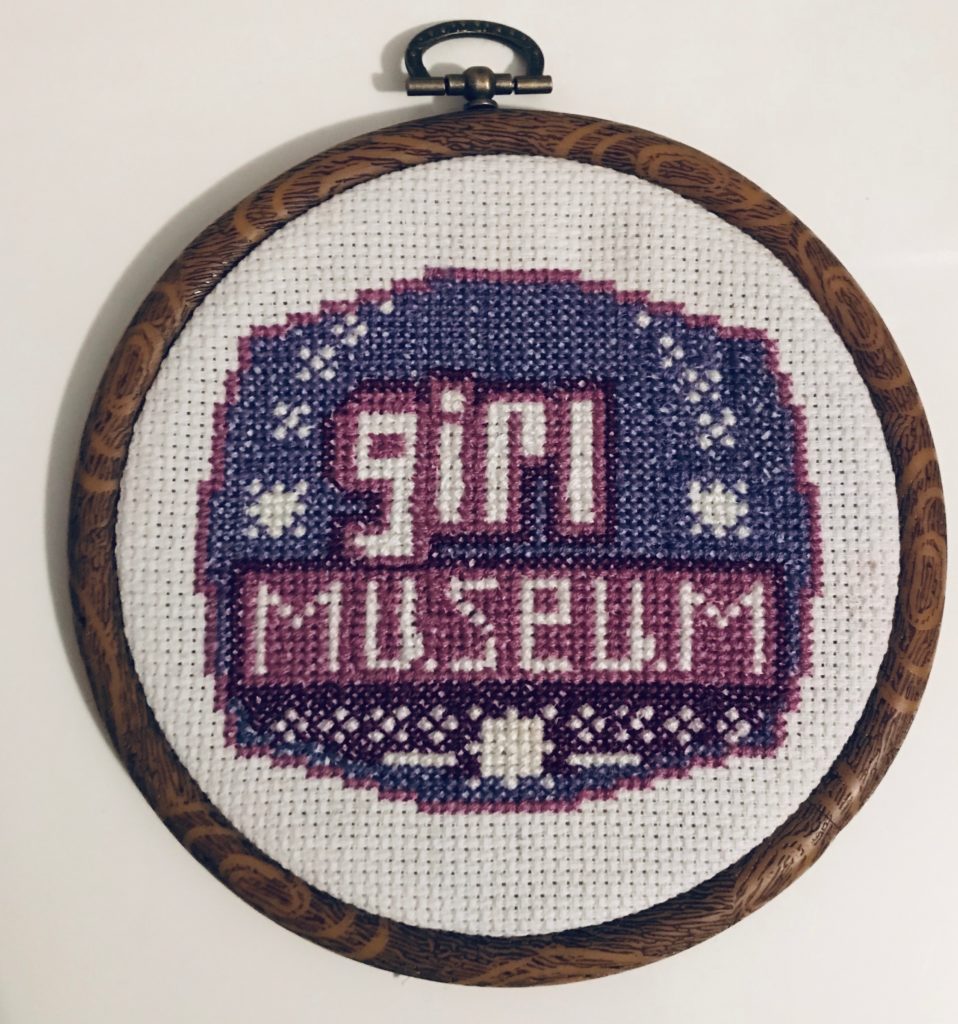
A skill taught to centuries of girls across multiple countries and cultures, cross-stitch has been an educational tool, an art, a hobby, and a subversive form of protest. Part four investigates how cross-stitch became a feminist revolution.
Cross-stitch declined during the world war years. However, in the last couple of decades – and thanks to the invention of Aida fabric and girls who continued to promote the craft — the popularity of embroidery has surged.
Today, girls, women, and people of all genders use cross-stitch to create subversive forms of art with an emphasis on feminist design.
What was once a craft that belonged to the private realm of the domestic, cross-stitch is now a public form of protest art in which everyone can relieve their stress (and channel their rage). Subversive embroidery is both an act of self-care and an act of resistance.
Have a look at Shannon Downey’s Women’s March protest sign — an embroidered hoop with the slogan, “I’m so angry I stitched this just so I could stab something 3000 times” alongside a triumphant resistance fist. Awesome, right? Downey’s site Badass Cross Stitch shows more of her protest work, activism, tutorials, and her current call to the people – she wants you to create a 12 inch x 12 inch square of fabric that tells the world your story. Together, the stitched/painted/quilted/felted fabrics will form a massive art installation that will become a digital artefact for the world to view.
If you want to learn how to create your own cross-stitch, take a look at the site subversive cross-stitch. They have kits, patterns, supplies and classes. Once you have a wooden hoop, embroidery floss, Aida fabric and a needle – you’re good to go. Become part of the cross-stitch revolution! Let’s show the world how crafty Girl Museum girls can be.
-Rosalie Elliffe
Junior Girl
Girl Museum Inc.
